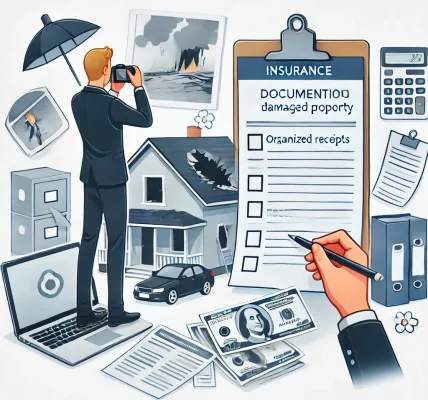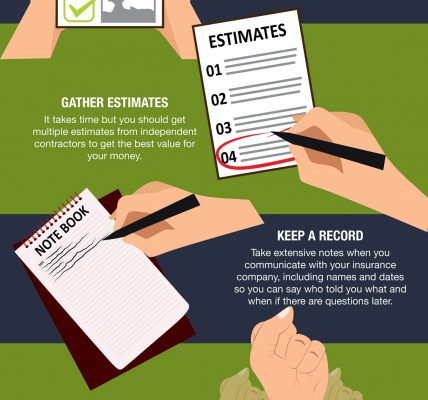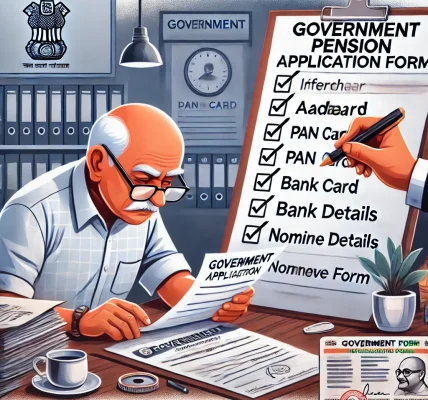When filing an insurance claim, proving liability is crucial to securing a fair and higher settlement. Insurance companies often scrutinize claims to minimize payouts, and without proper evidence, you may receive less than you deserve. This guide will help you navigate the process of proving liability effectively and legally to maximize your claim settlement.
1. Understand the Concept of Liability
Before proving liability, you must understand what it means in the context of an insurance claim.
✅ Do This:
- Learn about the different types of liability, including negligence, strict liability, and comparative fault.
- Understand how your policy defines liability and who is responsible for proving it.
- Be aware of local laws governing liability claims.
❌ Avoid This:
- Assuming that liability is always straightforward.
- Neglecting to check how your insurance policy defines responsibility.
2. Collect Strong Evidence Immediately
To establish liability, you need clear and credible evidence that supports your claim.
✅ Do This:
- Photographs and Videos: Capture images of the accident scene, damages, injuries, and any relevant road or environmental conditions.
- Eyewitness Statements: Gather statements from people who saw the incident.
- Official Reports: Obtain a police report, medical records, or any incident reports related to the claim.
- Documentation of Expenses: Keep receipts of medical bills, repair costs, and lost wages due to the accident.
❌ Avoid This:
- Relying on verbal statements without supporting evidence.
- Ignoring official reports that can strengthen your case.
3. Demonstrate Negligence or Fault
Proving that the other party was negligent or at fault is key to a higher settlement.
✅ Do This:
- Establish the four elements of negligence:
- Duty of Care: Show that the responsible party had an obligation to act safely.
- Breach of Duty: Prove that they failed to meet this obligation.
- Causation: Provide evidence that their negligence caused the incident.
- Damages: Show that you suffered losses (physical, financial, or emotional) due to their negligence.
❌ Avoid This:
- Making assumptions without evidence.
- Accepting partial fault without consulting a legal expert.
4. Work with Expert Witnesses if Necessary
In complex cases, expert witnesses can help establish liability.
✅ Do This:
- Consult an accident reconstruction expert for vehicle-related claims.
- Use medical professionals to confirm injuries and their causes.
- Seek opinions from industry specialists who can analyze specific liability issues.
❌ Avoid This:
- Assuming your claim is strong enough without expert testimony.
- Ignoring professional evaluations that can increase your settlement.
5. Communicate Clearly with Your Insurance Company
Insurance adjusters often look for ways to reduce payouts. Your communication plays a crucial role in proving liability.
✅ Do This:
- Provide only factual, consistent, and detailed information.
- Request a copy of the adjuster’s report and challenge any inaccuracies.
- Maintain a record of all conversations and written communications.
❌ Avoid This:
- Admitting fault or using uncertain language.
- Signing any documents without understanding their implications.
- Delaying responses to insurance inquiries.
6. Negotiate Your Settlement Effectively
Once liability is proven, negotiations begin. The stronger your proof, the better your chances of a higher payout.
✅ Do This:
- Present all collected evidence logically and convincingly.
- Highlight any inconsistencies in the insurance adjuster’s assessment.
- Consider hiring a public adjuster or attorney if your settlement is unfairly low.
❌ Avoid This:
- Accepting the first settlement offer without negotiation.
- Providing incomplete or weak documentation.
7. Seek Legal Help If Your Claim Is Disputed
Sometimes, even strong claims are denied or undervalued.
✅ Do This:
- Consult an insurance lawyer if your claim is wrongfully denied.
- Understand your rights under bad faith insurance laws.
- Consider mediation or arbitration if the dispute cannot be resolved directly.
❌ Avoid This:
- Assuming the insurance company’s decision is final.
- Waiting too long to take legal action.
Final Thoughts
Proving liability in your insurance claim is a critical step in securing a higher settlement. By collecting strong evidence, demonstrating negligence, and negotiating effectively, you can maximize your payout legally and ethically.
Key Takeaways:
✔ Understand liability and how it applies to your claim. ✔ Gather strong evidence like photos, reports, and witness statements. ✔ Work with experts if needed to establish proof. ✔ Communicate clearly and avoid admitting fault. ✔ Negotiate your settlement confidently and seek legal help when necessary.




